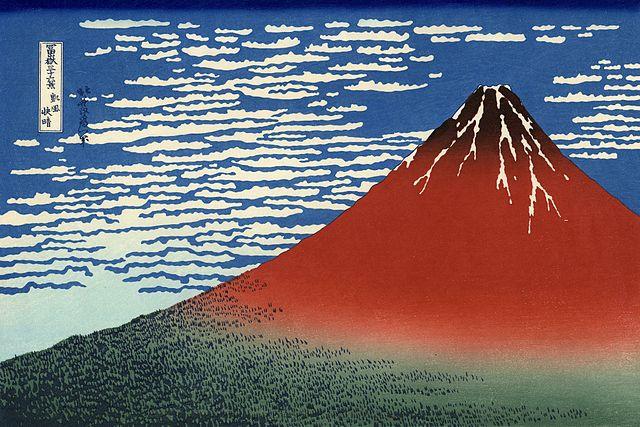The art form of ukiyo-e, which translates to “pictures of the floating world” in Japanese, originated in the Edo period of Japan. It was a popular form of art that depicted scenes of the urban lifestyle, entertainment, and beauty of the time. Ukiyo-e prints were created using woodblock printing techniques and were often mass-produced, making them accessible to a wide audience.
One of the key characteristics of ukiyo-e art is its vibrant colors and intricate details. Artists would often depict famous actors, beautiful women, and landscapes in their prints, capturing the essence of everyday life in Edo Japan. The subjects of ukiyo-e art often reflected the changing social and cultural dynamics of the time, showcasing a blend of traditional Japanese aesthetics and influences from Western art.
Ukiyo-e prints were not only decorative but also served as a form of entertainment and storytelling. They were often used in kabuki theaters to promote upcoming performances or as souvenirs for theater-goers. The popularity of ukiyo-e prints spread beyond Japan, influencing artists such as Vincent van Gogh and Claude Monet in the West.
Today, ukiyo-e art continues to be celebrated for its beauty and historical significance. Museums around the world house collections of these prints, showcasing the talent and creativity of the artists who brought the floating world to life. The art form of ukiyo-e remains a timeless representation of Japanese culture and creativity.


